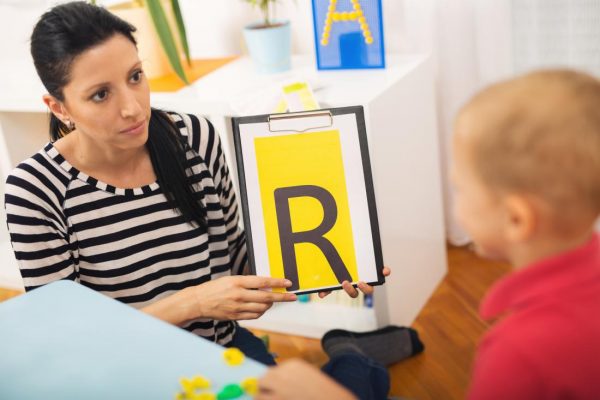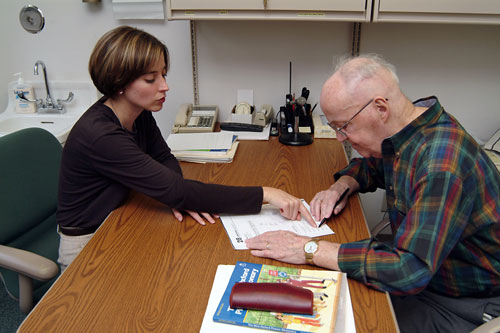Pranava Rehab Care Services
Speech and Language Therapy
We provide a wide variety of speech and language services for infants, toddlers, children, teens, and adults. Services include evaluation and treatment of articulation; fluency; voice; receptive, expressive, and pragmatic language; and feeding swallowing disorders.
Communication is the foundation of all relationships and activities. When an individual struggles with communication, either developmentally, or from trauma, it significantly impacts the quality of life for the individual and the family.
Areas Addressed by Speech and Language Therapy

Speech Disorders
Articulation disorders: Difficulty producing sounds in words and sentences.
Fluency disorders: Includes stuttering or the repetition of a sound, word, or phrase.
Voice disorders: Problems with the pitch, loudness, or quality of the voice.
Language Disorders
Receptive language disorders: Difficulty understanding what is said.
Expressive language disorders: Problems using words or putting words together.
Pragmatic (social) language disorders: Difficulty using language appropriately in social settings.
Cognitive communication disorders: Trouble with communication skills that involve memory, orientation, organization, and problem solving.


Swallowing Disorders (Dysphagia)
Oral phase of swallowing: Problems sucking, chewing, and moving food or liquid into the throat.
Pharyngeal phase of swallowing: Difficulty starting the swallowing reflex, squeezing food down the throat, and closing off the airway to prevent food or liquid from entering the airway.
Esophageal phase of swallowing: Challenges relaxing and tightening the openings at the top and bottom of the feeding tube in the throat and moving food into the stomach.
Types of Services
Depending on the goals of the client, therapy sessions at PRC are provided as individual session or group sessions. Some clients may benefit from a combination of individual and group sessions.
Clinic-Based Individual Sessions
In individual sessions, a speech-language pathologist works one-on-one with the client and the client’s family. Goals are targeted to the specific needs of the client and all activities are shaped toward achieving them. Parent/spouse/caregiver training is a critical component of individual sessions.
Clinic-Based Group Sessions
In group sessions, a speech-language pathologist works with a group of two to six clients at one time. Clients are grouped according to complementary needs. Goals are targeted to the specific needs of each client and all activities are shaped toward achieving the designated goals of all of the participants in the group. Groups have the added benefit of being able to better address the generalization of goals as well as the opportunity for increased interaction with peers. Although executed differently than in individual sessions, parent/spouse/caregiver training remains a critical component of group therapy sessions.
School-Based Services
In addition to services provided in our clinic, we also provide in-school speech and language services and screenings to private preschools and elementary/High schools. We also provide contracted speech and language services to children who are homeschooled and to public schools.
